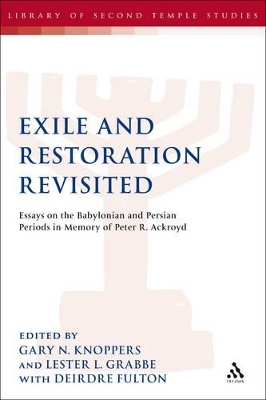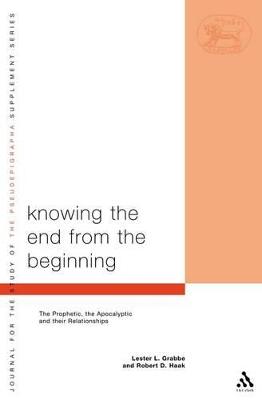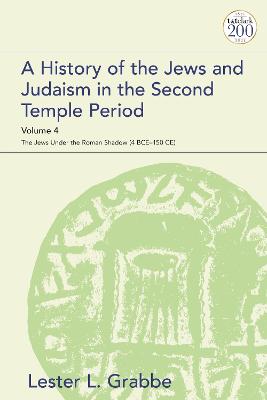The Library of Second Temple Studies
2 primary works • 4 total works
Book 47
A History of the Jews and Judaism in the Second Temple Period, Volume 2
by Lester L. Grabbe
Published 1 May 2004
This is the second volume of the projected four-volume history of the Second Temple period. It is axiomatic that there are large gaps in the history of the Persian period, but the early Greek period is possibly even less known. This volume brings together all we know about the Jews during the period from Alexander's conquest to the eve of the Maccabaean revolt, including the Jews in Egypt as well as the situation in Judah. Based directly on the primary sources, which are surveyed, the study addresses questions such as administration, society, religion, economy, jurisprudence, Hellenism and Jewish identity. These are discussed in the context of the wider Hellenistic world and its history. A strength of the study is its extensive up-to-date secondary bibliography (approximately one thousand items).
Book 73
Exile and Restoration Revisited
by Deirdre Fulton, Lester L. Grabbe, and Gary N Knoppers
Published 1 January 2009
This volume had its origins in a session presented to the Society of Biblical Literature in Washington in 2006 in order to examine the legacy of Peter Ackroyd to the field of biblical studies. Ackroyd's work stretched over a wide range of topics within Biblical Studies, notably study of prophetic literature and work on exile and restoration. This volume particularly focuses upon his work on the latter. Whilst the present work is founded upon the papers given at the session it also includes several essays solicited subsequently which further serve to draw the contributions together into a fitting tribute to a pioneer in his field. The contributions take account of Ackroyd's approach to the theme of exile and restoration, focusing largely upon the study of Ezra-Nehemiah and Chronciles. As a brief flavour, Bob Becking examines the epigraphic evidence concerning the mixed marriage crisis Ezra-Nehemiah. Joe Blenkinsopp seeks to find the 'Sons of Aaron' before the 5th Century in a fascinating essay focusing which picks up the work of R.H. Kennett over a century ago. Among the other distinguished contributors are John Bergsma, Eric Myers and Jill Middlemass.
Much study has taken place of the prophetic and apocalyptic writings in recent decades, but the relationship between the two has been little explored. A major explicit debate on the question is very much needed and is now provided. This collection of essays addresses the subject from a variety of points of view, including studies on the issues of definitions, ancient Near Eastern GCGBPpropheciesGC[yen], social anthropology and modern apocalyptic movements. In the introduction, Lester Grabbe argues that many scholars operate with subconscious assumptions about how apocalyptic writings relate to the prophetic writings, but that many of these assumptions now need to be questioned in the light of the essays in this volume. Such a comprehensive attempt to tackle the main theoretical issues arising from the study of the prophetic and the apocalyptic has not been attempted for some time. This volume brings fresh questions and insights that both specialists and students will want to consider.
A History of the Jews and Judaism in the Second Temple Period, Volume 4
by Lester L. Grabbe
Published 23 February 2023
This is the fourth and fi nal volume of Lester L. Grabbe’s four-volume history of the Second Temple period, collecting all that is known about the Jews during the period in which they were ruled by the Roman Empire. Based directly on primary sources such as archaeology, inscriptions, Jewish literary sources and Greek, Roman and Christian sources, this study includes analysis of the Jewish diaspora, mystical and Gnosticism trends, and the developments in the Temple, the law, and contemporary attitudes towards Judaism. Spanning from the reign of Herod Archelaus to the war with Rome and Roman control up to 150 CE, this volume concludes with Grabbe’s holistic perspective on the Jews and Judaism in the Second Temple Period.



